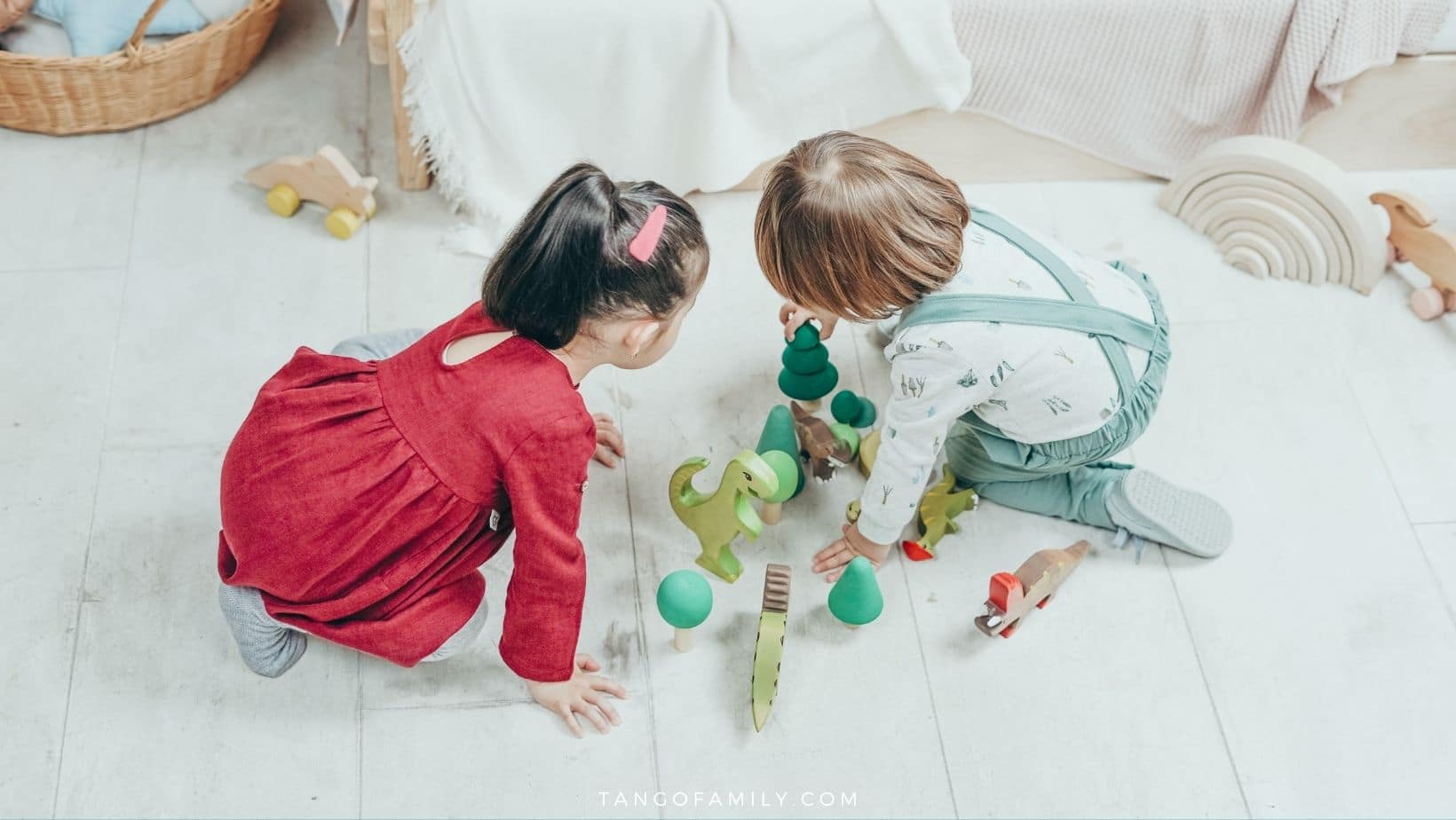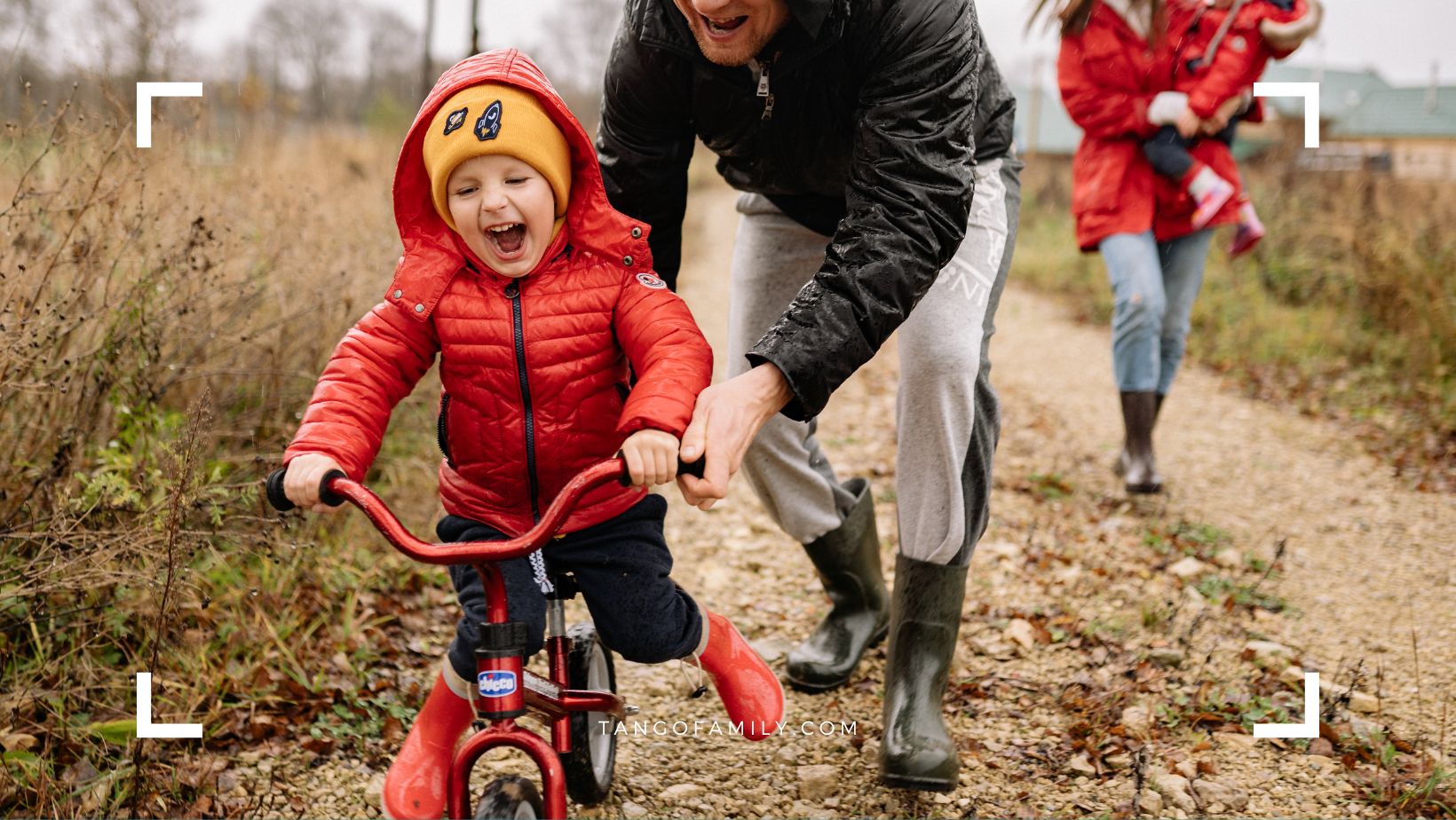Are you a new parent struggling to get your baby to sleep through the night? Are you constantly waking up to tend to your little one’s needs, only to find yourself exhausted and drained throughout the day? If so, you’re not alone. Baby sleep training is a common pain point for parents everywhere.
We understand that getting your baby to sleep can be complex and emotional. That’s why we’re here to offer a compassionate and understanding approach to help you and your family get the sleep you need. Let us help you say goodbye to sleepless nights and hello to a happier, more rested family.
What is the basis of sleep training?
During sleep training, the primary aim is your baby should be able to sleep on their own for several hours through the night. If they wake at the midnight, they should be able to soothe themselves and fall asleep again with comfort. There are many methods that parents follow to train babies that are developed by sleep experts.
Once baby trained, they can easily 9-12 hours at night. A peaceful sleep makes babies fresh in the daytime. And in contrast, parents also do their daily activities properly, and overall the condition of family life can be improved. Still, babies need naps during the daytime, but moms that are nearly recovered from pregnancy insomnia need restful sleep.
Related: What to Do When Your Baby Won’t Sleep in Bassinet
Several sleep training methods can help babies sleep on their own within days. It may take longer for others, particularly those who prefer gentler methods that minimize crying.
The key to successful sleep training is being consistent, as well as the patient.
What is the Right Time for Baby Sleep Training?

4-6-month-old babies are able to get baby sleep training. Until then, they haven’t developed the circadian rhythms that will help them sleep through the night. At this growing stage, they have the ability to learn the skill of sleeping on their own.
6 months is the ideal age to start baby sleep training. Because in this stage babies learn and observe surrounding things. As well as 9 months can be preferable because babies do not need to feed at night at this stage.
Also Read: Best Tips on How to Wake Up a Sleeping Baby for Feeding
How much time is required for baby sleep training?
The time totally depends on which method you select for babies’ sleep training. It takes more than one month if you keep only patient and consistent during training then you get positive results. Try consulting your baby’s pediatrician for advice. If you’ve been trying to sleep-train your precious bundle for two weeks without success.
Sleeping Training is safe for babies?

The sleep training of babies and children has been thoroughly researched. And there is no evidence that is harmful to physical or psychological development. Actually, it boosts the parent’s mood as well as the babies’ sleep and health. And makes a healthy relationship between parent and baby. So sleeping training is completely safe for babies and you can choose any method without any trouble.
What you need to know about sleep training an infant or toddler:
- Be patient: Sleep training can take time and be patient during training, so be prepared for the process to take several weeks or even months.
- Consistency is key: It is important to be consistent with the sleep training routine and methods you choose, as this will help your child get into a sleep rhythm. And in the future, you gave me many benefits.
- Gradual process: Gradually decreasing the amount of time you spend with your child during bedtime can help them adjust to sleeping training more smoothly.
- Keep the room dark and quiet: Make sure your child’s sleep environment is conducive to sleep, with a dark, quiet room and comfortable mattress and no noise in the room.
- Avoid night feedings: Try to gradually eliminate night feedings, as this can disrupt sleep and make it more difficult for your child to fall asleep on their own.
- Be flexible: Sleep training can be challenging, so it’s important to be flexible and adapt to your child’s needs. If one method doesn’t work, try another until you find the right approach.
- Stay calm and confident: Finally, stay calm and confident when training your child. Your child will pick up on your stress and anxiety, so it is important to be patient and relaxed when helping them get the sleep they need.
Related Blog: Things to do with Babies at Home
Methods of Sleep Training
There are several methods of baby sleep training, including:
- Cry it out (CIO): This method involves letting the baby cry for set intervals until they fall asleep on their own. Some things you see before the baby to going to bed are babies’ diaper clean, having a clean crib, and being fully fed. This technique is difficult for parents, but this work faster than other methods. The first two days are hard for the baby but soon he learns and can sleep on his own.
- Gradually disappearance: This method involves gradually decreasing the time a parent spends in the room with their baby until they are eventually sleeping on their own.
- Ferber method: Similar to CIO, but involves gradually extending the time between check-ins with the baby. For Example: if you put your child in the crib, then after 5 or 10 minutes, check the baby’s condition. And say some beautiful words to your baby like the love you dear, you did a great job; I am here for you, and many more you loved. Day by day, you increase the time interval during this method. Some babies get benefits and some are worried during check-in time. So you can run this method according to your baby’s condition.
- No-tears method: This method involves slowly adapting the baby to new sleep routines and habits. Such as moving the baby’s bedtime gradually from earlier. This method takes more time, but this method is less emotional and stressful. But parents should be consistent and have patience for better results.
- Pick up/Put down: This involves repeatedly picking up and comforting the baby when they cry. But putting them back down when they have calmed down. But make sure you put them down in the crib after your baby feels soothed. You can add this method to the Ferber method.
Each method has its porns and cons. And what works best can be based on the child’s condition and the parent’s preference. It’s important to consider the child’s age, temperature, and individual sleep needs when choosing a sleep training method. If you have any questions about sleep training or any issue, don’t hesitate to ask your pediatrician.





